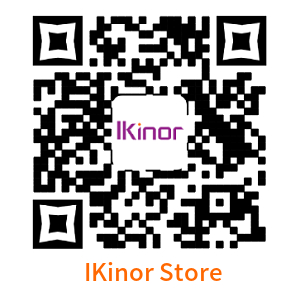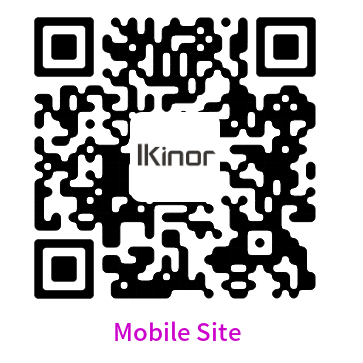Are you tired of the traditional chalkboard and textbook teaching methods? Interactive touch screens are here to revolutionize education as we know it! These innovative devices offer an engaging, immersive learning experience that captures students’ attention and keeps them interested. In this post, we’ll explore how interactive touch screens are changing the face of education and what you need to know about implementing this technology in your classroom. Get ready for a new era of teaching and learning with interactive touch screens!
What is Interactive Touch Screen Technology?
Interactive touch screen technology is a type of technology that allows users to interact with a computer or other device by touching the screen. This can be done with either a finger or a stylus. Touchscreen technology is used in a variety of settings, including education.
There are many benefits to using touchscreen technology in education. Perhaps the most obvious benefit is that it allows for more teacher and student interaction. With traditional teaching methods, there is often a lot of time spent on lectures or presentations where the students are expected to simply listen and take notes. With touchscreen technology, teachers can create interactive lessons that engage students and allow them to participate in the learning process. This can help make learning more fun and engaging for students, which can lead to better educational outcomes.
Examples of Innovative Ways Interactive Touch Screens Are Being Used in Schools
Interactive touch screens are becoming increasingly popular in schools as a way to engage students and promote hands-on learning. Here are some examples of innovative ways interactive touch screens are being used in schools:
- As an educational tool: Interactive touch screens can be used as an educational tool in a variety of subjects, from math and science to language arts and social studies. They can be used to teach concepts, reinforce lessons, and provide practice opportunities for students.
- As an assessment tool: Interactive touch screens can also be used as an assessment tool. Teachers can create quizzes, tests, and other assessments that can be administered on the screen. This allows for instant feedback and grading, which can help improve student learning.
- As a communication tool: Interactive touch screens can also be used as a communication tool between teachers and students or between students and students. They can be used to post announcements, share resources, or facilitate discussion forums.
- As a gaming platform: Gaming is another popular use for interactive touch screens in schools. Games can be used to teach concepts, reinforce lessons, or provide fun and entertainment for students. There are many educational games available that are specifically designed for use on interactive touch screens.
Conclusion
The introduction of interactive touch screens for education has revolutionized the way teachers teach and students learn. As more educational institutions adopt this technology, it is important for educators to understand how to use these tools for their instruction best. By understanding the benefits these devices provide and their limitations, educators can ensure that they are achieving maximum educational value from them and helping their students reach their fullest potential. Ikinor is a professional provider of interactive touch screens. If you don’t know what to choose, contact us and we will help you have a better understanding of this excellent product.



